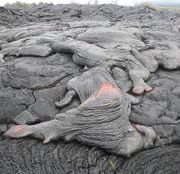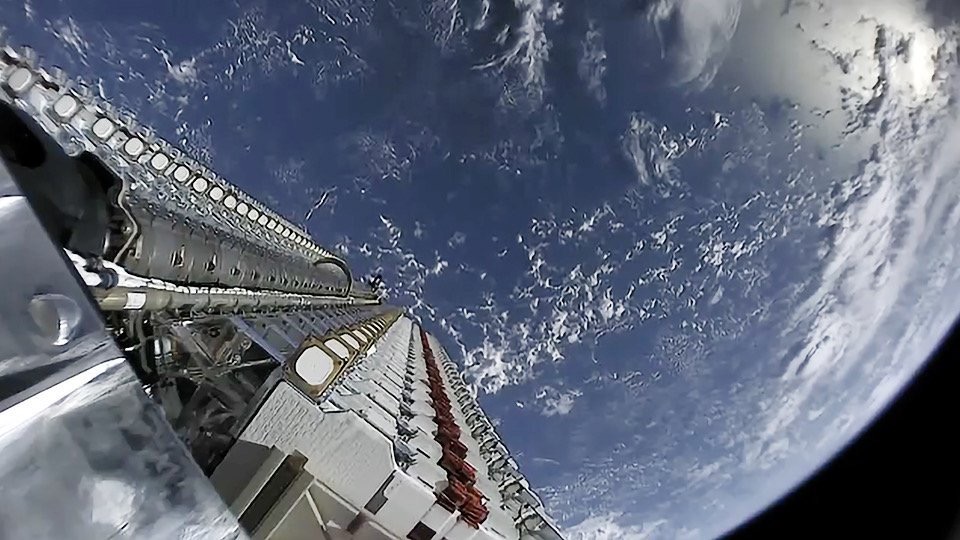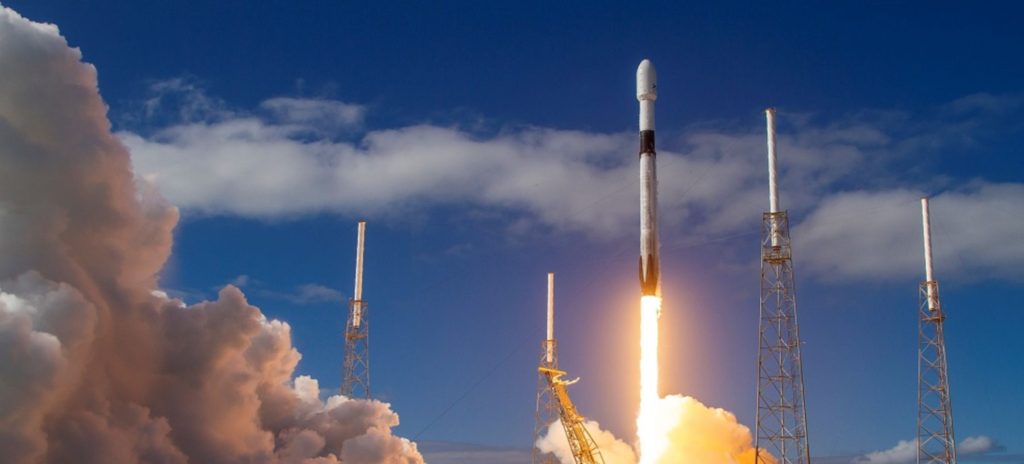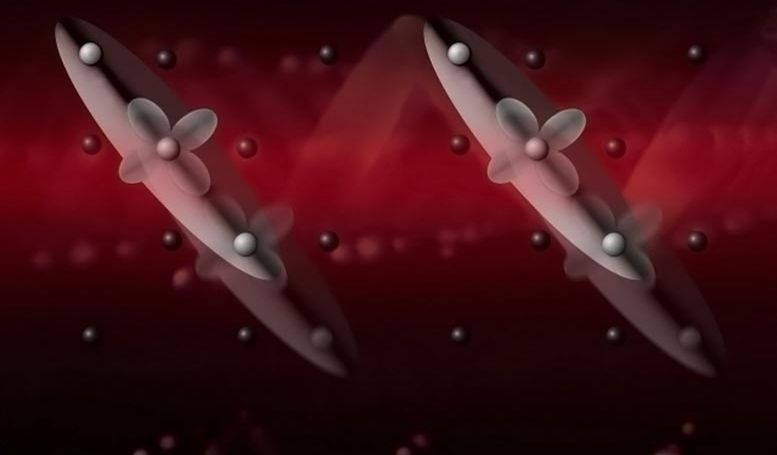Jun 2, 2020
Can we drill into Yellowstone to stop it from erupting?
Posted by Quinn Sena in category: climatology
In some cases, limited scientific drilling for research can help us understand magmatic and hydrothermal (hot water) systems; however, drilling to mitigate a volcanic threat is a much different subject with unknown consequences, high costs, and severe environmental impacts. In addition to the enormous expense and technological difficulties in drilling through hot, mushy rock, drilling is unlikely to have much effect on whatever magma is stored beneath Yellowstone. At near-magmatic temperatures and pressures, any hole would rapidly become sealed by minerals crystallizing from the natural fluids that are present at those depths.
Additionally, Yellowstone National Park is protected from geothermal resource development. World-famous features like Old Faithful Geyser and Grand Prismatic Spring depend on heat provided by the magma chamber deep below Yellowstone’s surface. Any allowed geothermal extraction would lower the pressure on the existing geysers and hot springs, altering their behavior and, in many cases, causing them to disappear.
Concerns about volcanic eruptions at Yellowstone typically involve a cataclysmic, caldera-forming event, but it’s unknown whether any such eruption will ever occur there again. Current seismic imaging of the magma reservoir reveals a system that is too crystalline to erupt on a grand scale.



















